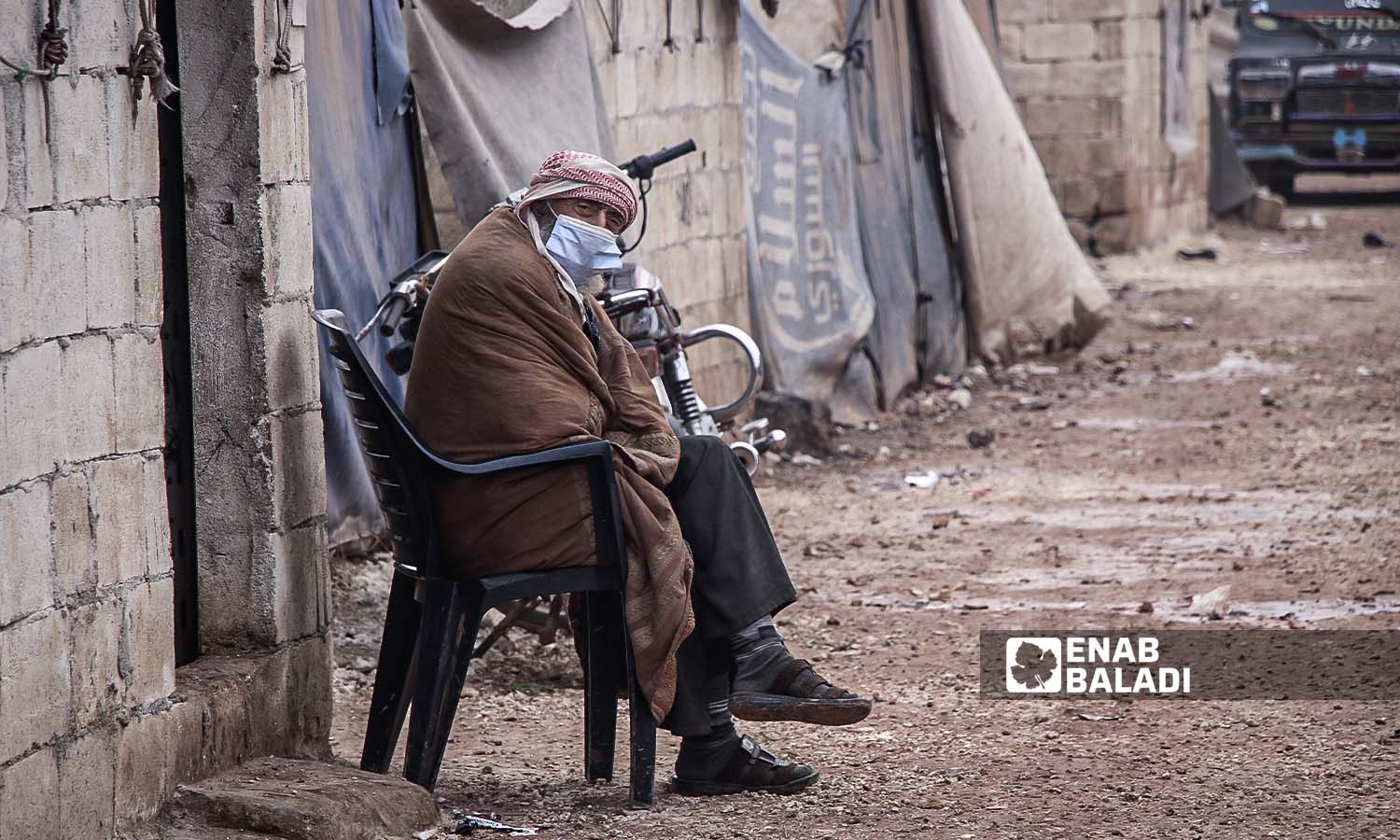A study conducted by the Support Coordination Unit (ACU) has revealed that 30 percent of Syrians in northern Syria rely on daily irregular work as their primary or secondary source of income. The research, encompassing samples from urban and rural areas not under the control of the Syrian regime across the governorates of Idleb, Aleppo, Hama, Latakia, Raqqa, Hasakeh, and Deir-ez-Zor, indicates that 20% of Syrians in these regions spend more than one-third of their average salaries on housing rents. Additionally, 61% of families are in debt, with 75% unable to save any money during the month. The average income of the population stands at $110, below the minimum expenditure basket by $20.
Titled “Income and Expenditure Assessment in Northern Syria,” the study, released in early April, collected data between September 17 and 24, 2023. It highlights the concerning reliance on irregular daily work and child labour within families while emphasizing that regular employment remains a primary income source for many.
Sources of income of the population
According to the study, 34% of households primarily rely on regular work, with an additional 31% considering it their secondary source, while 30% of respondents identify irregular daily work as both their primary and secondary income source, with another 30% considering it their third source. Moreover, 2% of surveyed individuals indicate dependence on children as a primary and secondary income source for their families, with an additional 3% considering it their third source. These findings underscore the pressing need for targeted interventions to safeguard vulnerable families and foster sustainable livelihoods.
The study, drawing from data provided by the Support Coordination Unit and interactive population movement maps, estimates that the population in areas outside the control of the Syrian regime in northern Syria totals 8,513,640 individuals, residing in 1,606,347 families across 3,059 communities and 1,527 displaced persons camps.
Conducted through 2,234 questionnaires, the study’s sample survey encompasses 23% female and 77% male respondents, providing a comprehensive overview of the socioeconomic landscape in the covered areas.
Debt worsens the situation
The study indicates that 61% of individuals are burdened with debts, with higher percentages observed in northwestern Syria. Specifically, 77% of residents in the Tal Abyad and Ras al-Ain areas reported debt, followed closely by 62% in Idleb. Debt prevalence also varies in northeastern Syria, with Hasakeh leading at 73%, followed by 71% in Deir ez-Zor and 70% in Raqqa. The fluctuating income from month to month can adversely affect a family’s capacity to effectively plan its total resources.
Regarding savings, 75% of respondents stated that their families are unable to save any money. Only 9% reported saving between 1 to 20 US dollars, 4% between $21 to $40, and 5% between $41 and $60. This highlights the financial challenges faced by households in northern Syria and underscores the importance of addressing economic stability and financial resilience within these communities.
This article was translated and edited by The Syrian Observer. The Syrian Observer has not verified the content of this story. Responsibility for the information and views set out in this article lies entirely with the author.


